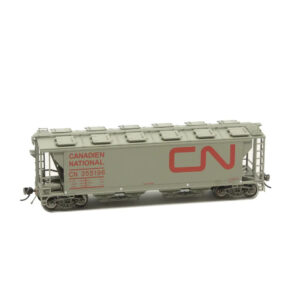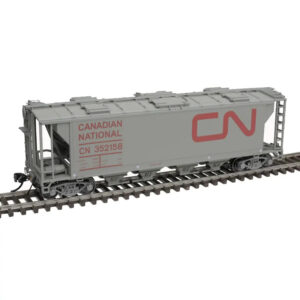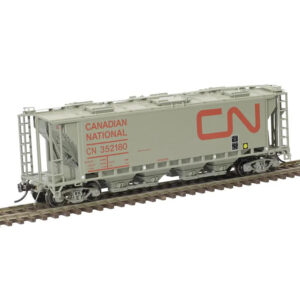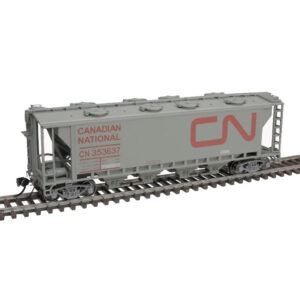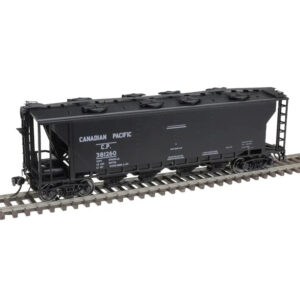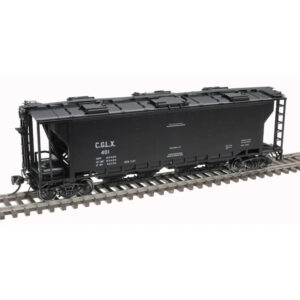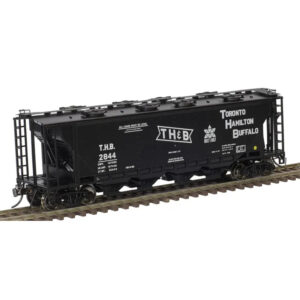Slab Side Covered Hopper
Prototype Information
The evolution of the covered hopper car took a major step in the late 1940s when Canadian Pacific’s shops developed a 70-ton, 3,000-cubic-foot covered hopper with smooth, welded sides and interior bracing. Inspired by the offset-side open hoppers of the time, this new “slab side” design increased interior width, lowered the center of gravity, and improved tracking stability.
From 1950 to 1964, National Steel Car, Canadian Car and Foundry, Marine Industries, and Montreal Locomotive Works built these cars. Though all followed the same general design, they offered various roof hatch configurations, and after 1954, all included side sill openings—a CP innovation to improve access to the discharge mechanisms.
These cars became a common sight on Canadian and U.S. rails, hauling grain, malt, sugar, cement, and even company sand. Many remained in service into the late 1990s. The Atlas model faithfully represents this car and comes in 6-, 8-, and 12-hatch versions, with or without the side sill openings.
Showing all 8 results
-

Atlas HO Slab Side Covered Hopper Canadian National “12 Hatch, Closed Sill”
$41.00 Select options This product has multiple variants. The options may be chosen on the product page -

Atlas HO Slab Side Covered Hopper Canadian National “6 Hatch, Closed Sill”
$44.00 Select options This product has multiple variants. The options may be chosen on the product page -

Atlas HO Slab Side Covered Hopper Canadian National “6 Hatch, Open Sill”
$41.00 Select options This product has multiple variants. The options may be chosen on the product page -

Atlas HO Slab Side Covered Hopper Canadian National “8 Hatch, Open Sill”
$44.00 Select options This product has multiple variants. The options may be chosen on the product page -

Atlas HO Slab Side Covered Hopper Canadian Pacific “8 Hatch, Open Sill, Block”
$44.00 Select options This product has multiple variants. The options may be chosen on the product page -

Atlas HO Slab Side Covered Hopper CGLX “6 Hatch, Open Sill”
$44.00 Select options This product has multiple variants. The options may be chosen on the product page -

Atlas HO Slab Side Covered Hopper Toronto Hamilton & Buffalo “8 Hatch, Open Sill”
$41.00 Select options This product has multiple variants. The options may be chosen on the product page -

Atlas HO Slab Side Covered Hopper Undecorated “8 Hatch, Open Sill”
$34.00 Add to cart


